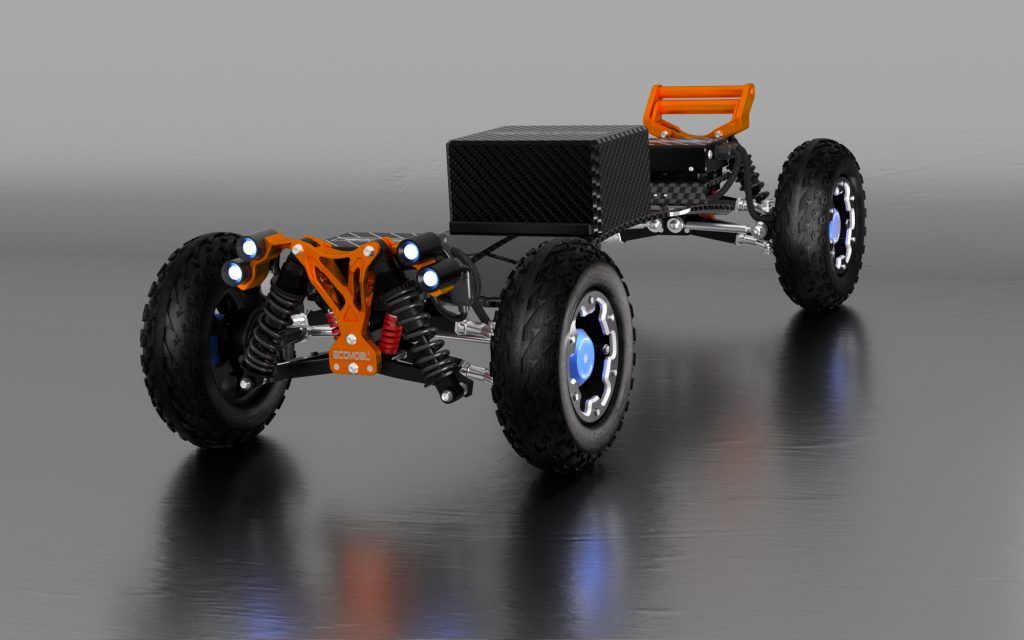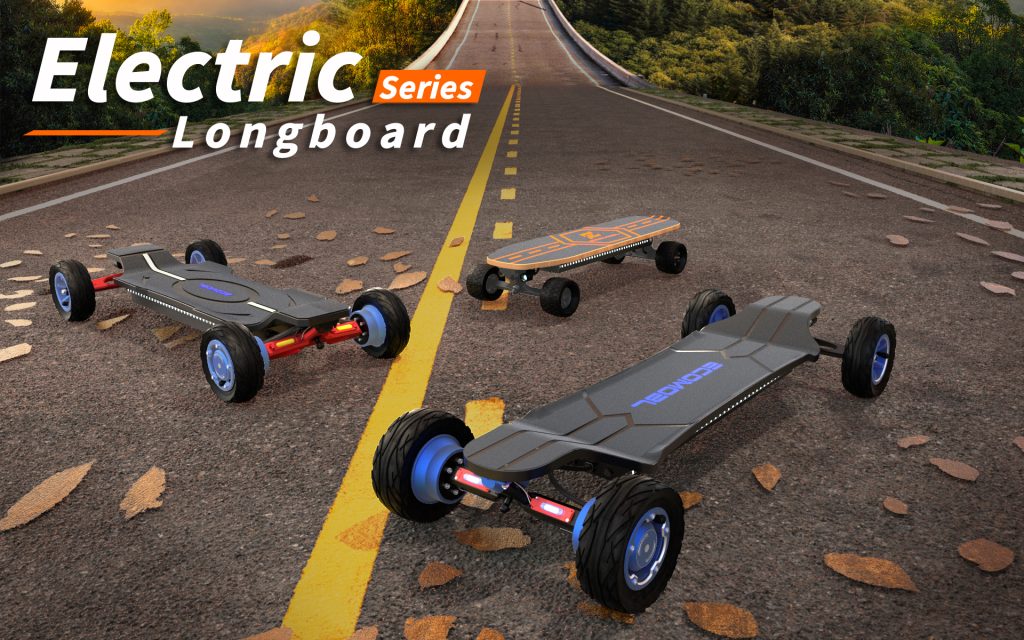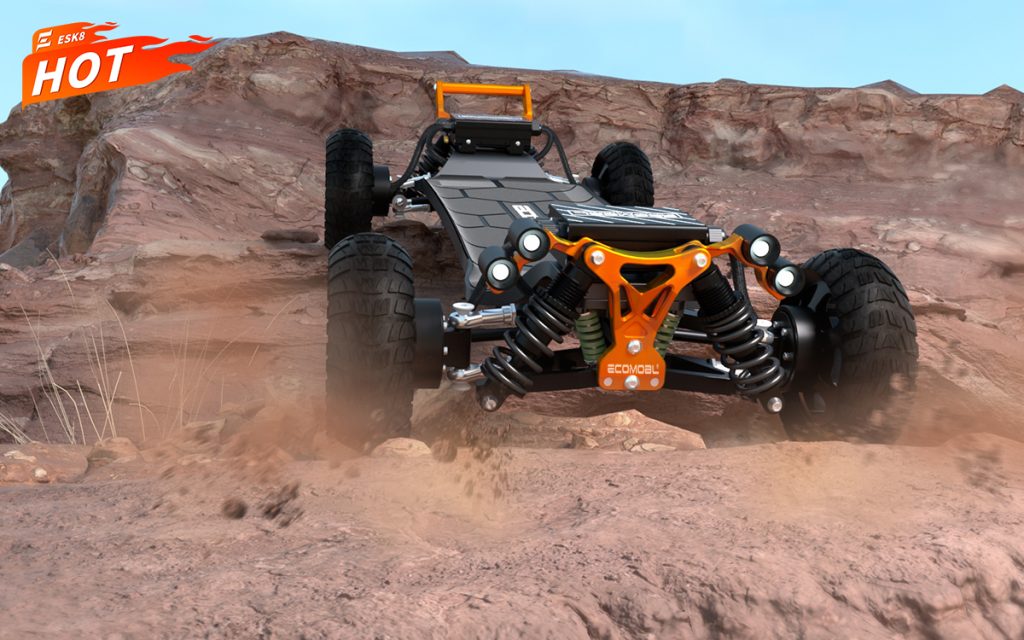You’ve been eyeing the electric skateboards. They look fun, beautiful, and surprisingly practical, and maybe you can use them for weekend outs and daily commutes…until you see the price tag. How can they be so expensive?
So you open the app just to take a look, and there it is: that glossy deck you’ve been dreaming of, now going for half what it used to. Very tempting.
BUT buying a used electric skateboard can be a smart move—or a very expensive mistake. In this blog, we’ll cover the pros, the problems, and how to tell if it’s a smart buy—or a bad idea.
Why Buy a Used Electric Skateboard in the First Place?
Let’s be honest: brand-new boards aren’t cheap. A good electric skateboard can easily cost over $1000. That’s why the secondhand market is growing—used boards offer real savings, especially for:
- First-time riders testing the waters
- Students or commuters on a budget
- DIY tinkerers who want to upgrade parts
- Fans of older models no longer in production
If you land a reliable board for half the price, it feels like winning. But the keyword here is reliable—and not every listing fits the bill.
The Hidden Risks—and How to Handle Them
Secondhand boards don’t come with guarantees. And while the price may be low, you could end up dealing with a dying battery, broken parts, or no support when things go wrong.

Here’s what to look out for—and what you can actually do about it.
Battery Health Is a Big Unknown
Electric skateboard battery life is just important. The battery is the most expensive part of a board—and it wears out with every charge cycle. A board that looks great might only go 3 miles before dying.
What to ask:
- How many miles or charge cycles has the board gone through?
- How far can it go on one full charge now?
What to check:
- Do a test ride if possible—note how fast the battery drains.
- Check for signs of swelling, overheating, or odd charging times.
When to skip it:
If the seller avoids the question, the battery dies under moderate use, or the range is under 50% of original spec—it’s not worth the risk.
Parts May Look Fine—but Ride Rough
Bushings crack. Bearings rust. Motors get noisy. Even decks can split under the grip tape. You may not notice until your first high-speed turn feels off.
What to ask:
- Any past repairs or crashes?
- When were the wheels, trucks, or belts last replaced?
What to check:
- Spin the wheels—do they feel smooth or gritty?
- Press on the deck—any soft spots or cracks?
- Look under the board for corrosion or bent parts.
When to skip it:
If the board wobbles, sounds off, or just feels wrong underfoot—trust your gut. Small damage can turn into expensive repairs, and you may end up paying more—for an old board.
No Warranty, No Backup Plan
If the board dies a week after you buy it, there’s no help line. Some brands also don’t sell parts or offer support for secondhand users.
What to ask:
- Is there any remaining warranty or receipt?
- Does the brand still support this model?
What to check:
- Visit the brand’s website—can you still buy spare parts?
- Try contacting support—do they respond at all?
When to skip it:
If the brand is defunct, parts are unavailable, or the board can’t be repaired easily—you’re buying a dead end.
Technology Might Be Way Behind
Some old boards don’t have water resistance, mobile apps, or even proper braking. But a new affordable electric skateboard today may offer better performance at the same price.

https://www.ecomobl.com/product-category/products/electric-longboard-series/
What to ask:
- What’s the top speed, real range, and charge time?
- Does it have regenerative braking or smartphone controls?
What to check:
- Compare specs to entry-level new boards in the $400–$600 range.
- Watch for limitations like non-swappable batteries or fixed ESCs.
When to skip it:
If it can’t match what a basic new board offers in safety, ride feel, or convenience—your money may be better spent elsewhere.
Some Deals Come With Shady Backstories
If a board is missing its charger, serial number, or original receipt, that’s a red flag. Stolen or “mystery” boards may work—but they’re risky.
What to ask:
- Can you see the receipt or original order email?
- What’s the board’s serial number?
What to check:
- Search the serial online—some brands track ownership.
- Avoid cash-only meetups with no product history.
When to skip it:
If the seller is vague, too eager to sell, or reluctant to answer basic questions—walk away.
Used vs. New: What Are You Really Getting?
Even with a clear understanding of the risks, you may still wonder: does buying used really make sense compared to buying new? That depends on what each option really offers:
Used boards may show wear where it matters most:
- Battery health: Shorter range due to aging cells
- Components: Worn bushings, noisy motors, or damaged decks
- Tech: No app control, outdated ESCs, or limited braking modes
- Support: No warranty, tricky repairs, or discontinued parts
In contrast, a new board gives you:
- A clean slate—fresh battery, smooth ride
- Latest features and safety systems
- Full warranty and brand support
If you do your homework well, and get to find and buy a high-performance board at just a fraction of its original price, that will be A BIG WIN—for the right board, the effort to find it can make the whole journey all worth it.
On the other hand, a new affordable electric skateboard can save you a lot of hassle upfront. It might not give you the thrill of scoring a hidden gem, but skipping the guesswork and riding worry-free? That’s a pretty good deal.
When Used Doesn’t Make Sense—Look Here Instead
The good news is: cheap electric skateboard options have improved a lot. Many entry-level boards now include:
- Regenerative braking for better energy use
- A 10+ mile range on a single charge
- App integration for speed, brake control, and diagnostics
- Decent top speeds that still feel thrilling
- Water-resistant builds that handle splash and dust
When to Invest in a Brand New Board
But if your second-hand shows these problems, go for a new one:
- Unclear battery health (no info on charge cycles or range)
- Cracks or damage to the deck, trucks, or enclosure
- Stripped screws, corrosion, or exposed wiring
- No working remote or mismatched controller
- Outdated or unsupported parts
- No clear proof of origin (potentially stolen or modified units)

Even if the price looks tempting, fixing these issues can cost more than just buying new. That’s when it makes sense to start fresh. And don’t worry if you are budget tight:
How to Score a Relatively Cheap New Board
- Watch for seasonal sales—especially around Black Friday, back-to-school, or brand anniversaries, allowing you to strategically plan your purchases and secure the perfect items while spending the least amount possible.
- Subscribe to newsletters from brands like Ecomobl for early access to deals
- Look for demo units or open-box offers with full warranties
- Join online communities where lightly used or discounted new boards are posted by trusted sellers
A lower price doesn’t always mean lower quality. With the right timing and a little research, you can get a brand-new ride without overspending—and avoid the common traps of buying used.
Final Check: Should You Buy Used or New?
Here’s a simple way to decide:
| You might go used if… | You should go new if… |
| You enjoy fixing gear | You want plug-and-play riding |
| You’re on a tight budget | You ride daily and need reliability |
| You found a trustworthy seller | You’re not confident inspecting hardware |
| You want a rare or discontinued model | You want a warranty and support |
Either path can work—as long as you know what you’re getting into. A used electric skateboard can be a great deal if it passes your checklist. Otherwise, an affordable electric skateboard that’s brand-new may save you more trouble than money.
Smart riders don’t just chase deals—they choose what works for them.




